Scientists are close to solving the causes of death of children whose shiny skeletons were found in a cave (photo)
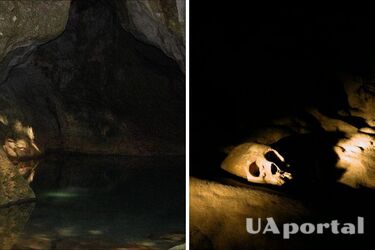
Back in 1989, the Actun Tunichil Muknal cave (also called ATM) was discovered in the jungle in the Tapir Mountain Nature Reserve (Belize). Skeletons belonging to both children and adults were found inside the cave.
There were also the remains of babies aged one to three years, some of which were stuffed into crevices and small adjacent caves. Among these human remains was the skeleton of a teenager aged approximately 15 years (believed to have been tied up before being killed).
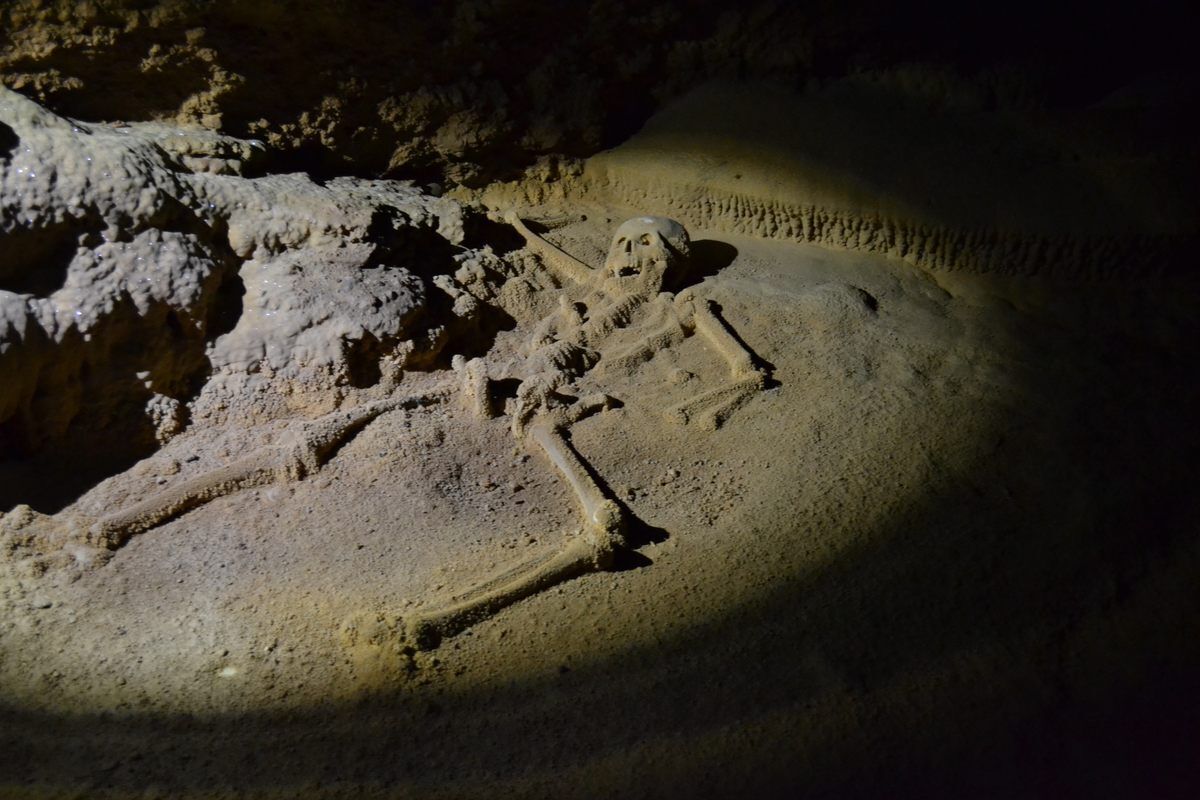
Most of the skeletons had deformed skulls. Scientists say this suggests that these people were killed by a blow to the head. Although the exact dating of the skeletons is difficult to establish, it is believed that this could have happened between 700 and 900 AD. This is the age of the pottery found at the site.
Read also: Altamura man: what the remains of a man who died 100,000 years ago hide
The most surprising discovery in the cave was the remains of a 17-year-old boy who was initially mistaken for a girl and called the "Crystal Maiden." The name was given to his remains because of the glow that covered his skeleton. When it was learned that the remains belonged to a male, these remains were called the "Crystal Prince."
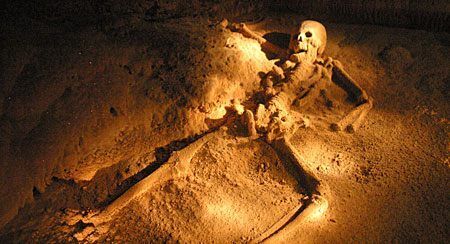
According to Atlas Obscura, this skeleton was unique in its location and the fact that two vertebrae were crushed. The researchers believe that this person may have died through a particularly violent method before being brought to the ground to die. Perhaps her body had been in the cave for 1100 years. The skeleton had been there so long that it had completely calcified, making the bones shiny.
Scientists believe that all these people were killed for a sacrifice, most likely to "appease" the rain god Chaka or perhaps the gods of the underworld. Another theory claims that these people were suspected of being "witches." This is how sorcerers were killed in ancient times and thrown into caves so that "their spirits were trapped."
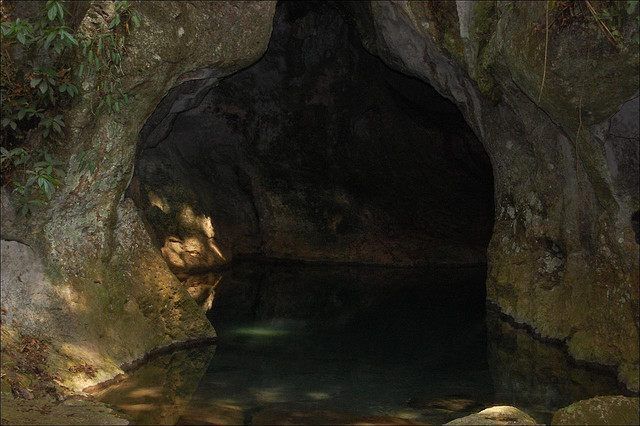
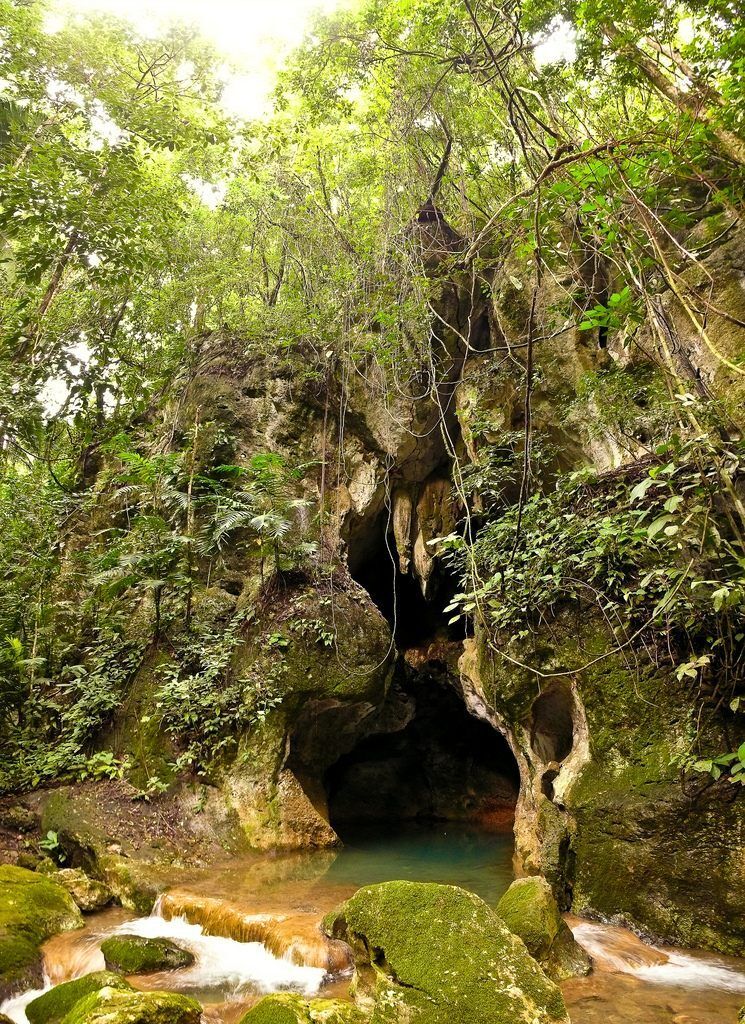
Also in the cave were found some objects used by the Maya - ceramic objects, carved formations in the cave - silhouettes of people's faces and images of animals. It also turned out that this cave is filled with Amblypygi, or whip spiders.
Scientists are still studying the findings in the cave to find out the exact cause of death of those whose skeletons are placed there.
"Due to the inaccessibility and calcification process of the cave, many relics have been preserved as they were left, and very few have been taken out of the cave since its discovery," the publication writes.
The locals call this cave Actun Tunichil Muknal, which translates to "Cave of the Crystal Tomb." The locals know it as "Xibalba" - they named the cave in honor of the Mayan underworld.
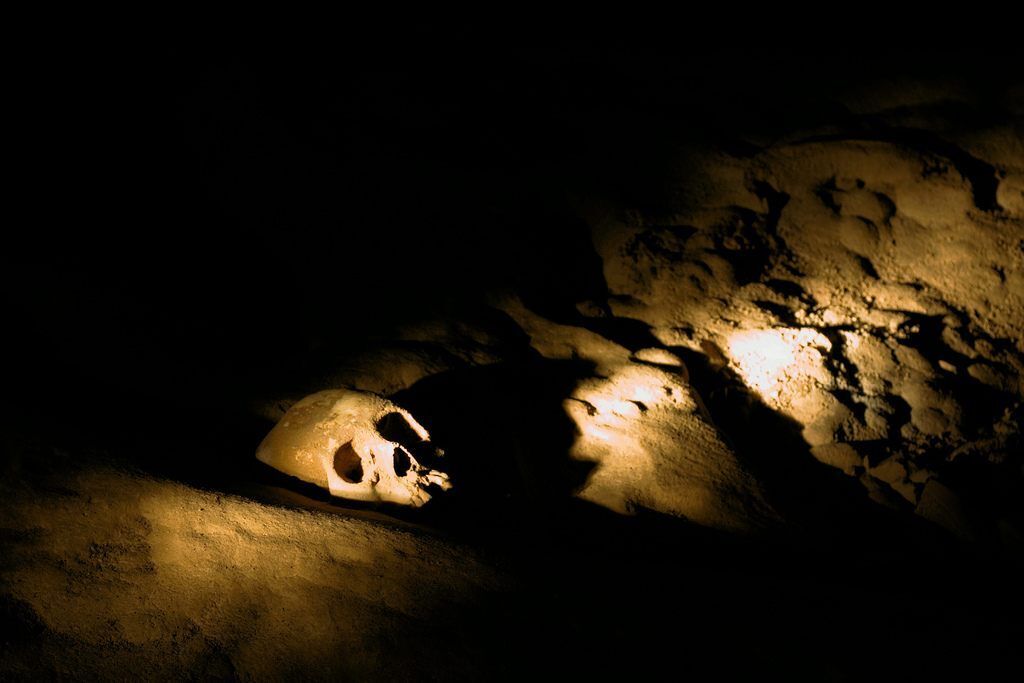
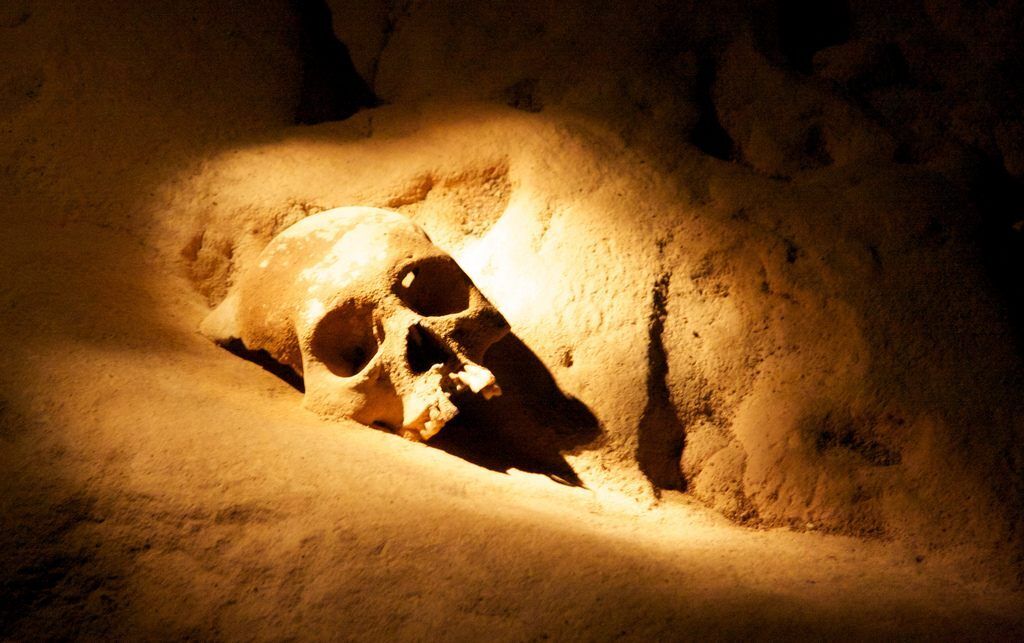
This cave has long been considered the "entrance to hell" and was believed to be owned by the Mayan gods of death. Because it was believed that the cave's owners were demons who brought disease, pain, and fear to people, the bodies of those who could somehow be connected to black magic were thrown into the cave in ancient times.
As a reminder, a Stone Age dagger was accidentally found in Norway.
If you want to get the latest news about the war and events in Ukraine, subscribe to our Telegram channel!
